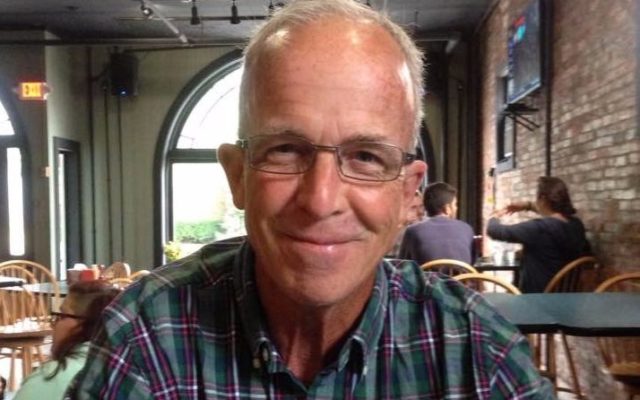
It’s important to preserve Maine’s country music legacy
One afternoon in 1973, legendary country musician Johnny Cash was writing to his 18-year-old daughter, Roseanne, at a table in his tour bus. When he finished, Cash handed Roseanne a song list he titled, “100 Essential Country Songs.” “Here’s your education,” he told her.
Earlier that day the two were on the bus, swapping songs. “I was on the road with dad, and we were just talking about songs. And I said I don’t know this one, I don’t know that one. Then I said I don’t know that one either. He grew alarmed,” Roseanne told an interviewer.
Thirty-six years later, 54-year-old Roseanne Cash picked a dozen songs from the 100 and recorded her album titled, “The List.”
Roseanne had learned all 100 songs, “The list was kind of a template for a personal legacy, and…for what great songs sounded like.… At this point in my life I’m not only interested in my ancestry, I’m interested in my musical ancestry. It wasn’t just a personal legacy, it’s a cultural legacy.”
Cash’s list and the importance of musical cultural legacy was on my mind this week visiting the Maine Country Music Hall of Fame and Museum in Mechanic Falls with entity co-founder Slim Andrews. I’m a longtime fan of good music, including country music, or, what Slim Andrews calls “classic country music.” Long ago, Maine political correspondent Mal Leary was first to fill me in on some of Maine’s country music legacy. But touring the Maine Country Music Hall of Fame was, in the words of Johnny Cash, an education.
Slim Andrews — a well-known Maine country musician — with his late wife, Gini Huntington, and deceased friend, Barry Deane, started the Hall of Fame/Museum 40 years ago this month. The Maine Country Music Association gave financial support for the startup, but by 2010 the Maine Country Music Hall of Fame was its own non-profit 501(c)3 organization.
Maine musician Denny Breau — whose father Hal Lone Pine (aka Harold Breau) is one of the Hall of Fame’s three original inductees — told MPBN the root purpose of the Museum is to, “try to keep alive these wonderful stories” lovingly and painstakingly on display. And the musicians featured here come from all over Maine — including Dave Mallett from Piscataquis County.
The Hall of Fame/Museum holds many unique artifacts — records, clothing, musical instruments, histories, photos, even props from the stage sets of popular Maine country music television performers like Ken MacKenzie and Hal Lone Pine. Of course, legendary Dick Curless (“A Tombstone Every Mile”) is here. “The Hall of Fame members…have performed for at least 30 years. Many have performed for over 50 years and several are still performing,” according to the brochure.
Yes, Maine still has upcoming classic country singers. Slim Andrews cites as examples Patrick Libby and Cameron Thayer. Andrews tells me classic country songs “tell stories about the people that stays with you, and it’s emotional.” And every traditional country song “has a moral to the story.”
The moral to the Maine Country Music Hall of Fame and Museum story is they need help keeping the doors open, transitioning their unique collection — including musical recordings — to the digital age. There’s a splendid MPBN documentary online and a Facebook page . And the next Hall of Fame Induction Ceremony is May 20, 2018 at The Silver Spur Club in Mechanic Falls.
Saying goodbye to Slim Andrews I mention the ebb-and-flow I’ve witnessed in public interest in music history, and how I believe it’s important to keep chronicling the history even during the ebbs. Slim agrees. The music, he says, “will never stop. It will come back. It’s classic.”
Scott K. Fish has served as a communications staffer for Maine Senate and House Republican caucuses, and was communications director for Senate President Kevin Raye. He founded and edited AsMaineGoes.com and served as director of communications/public relations for Maine’s Department of Corrections until 2015. He is now using his communications skills to serve clients in the private sector.